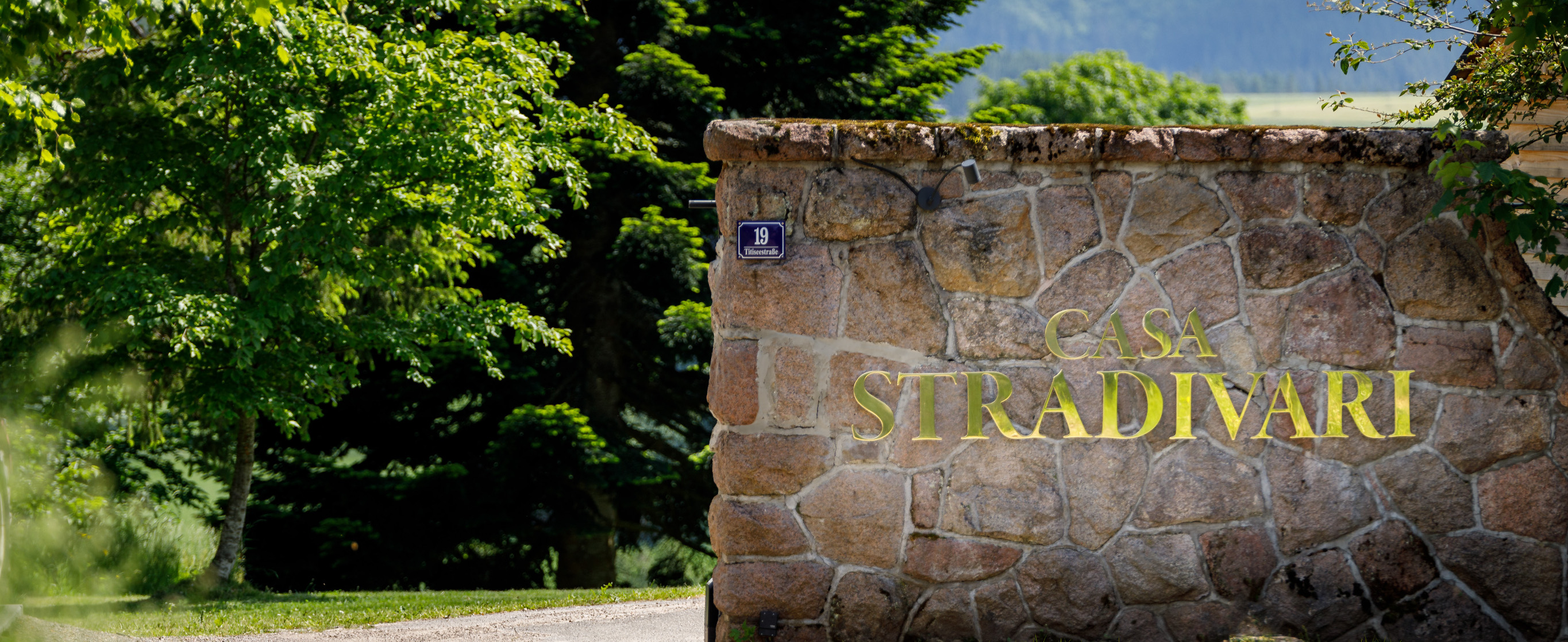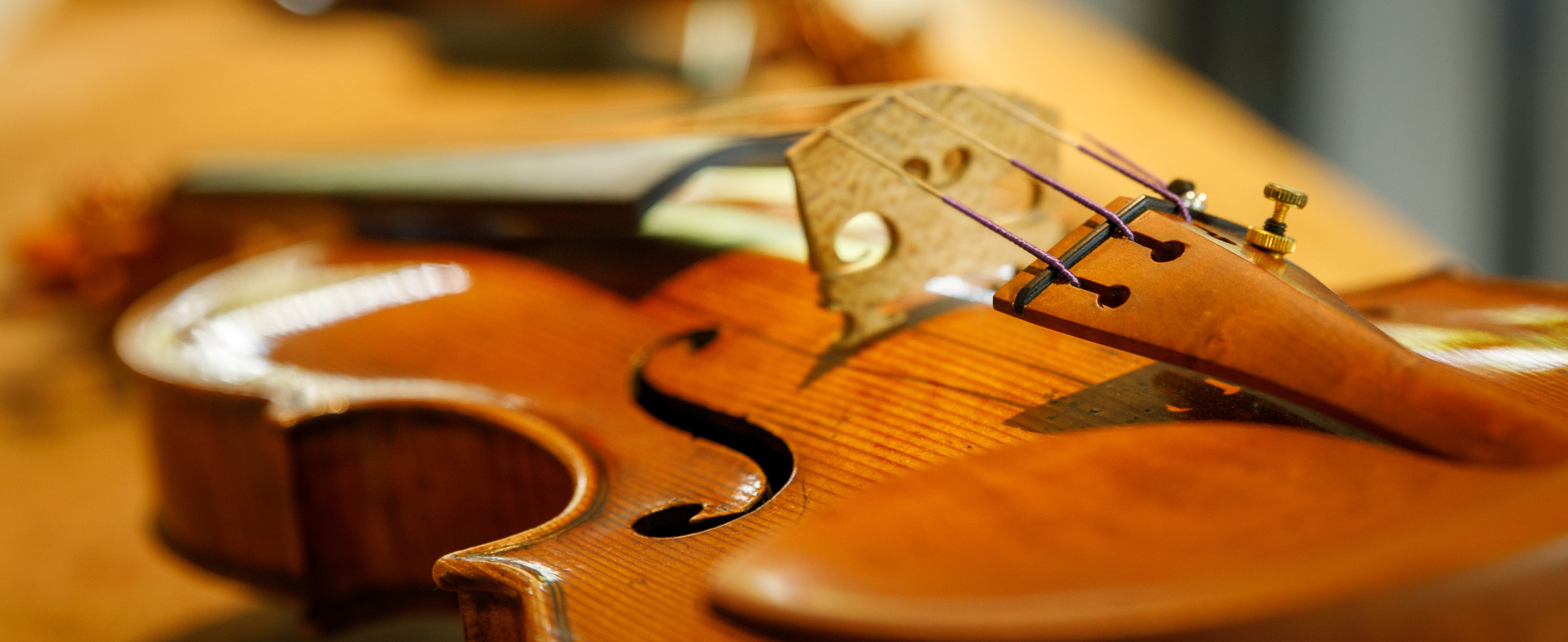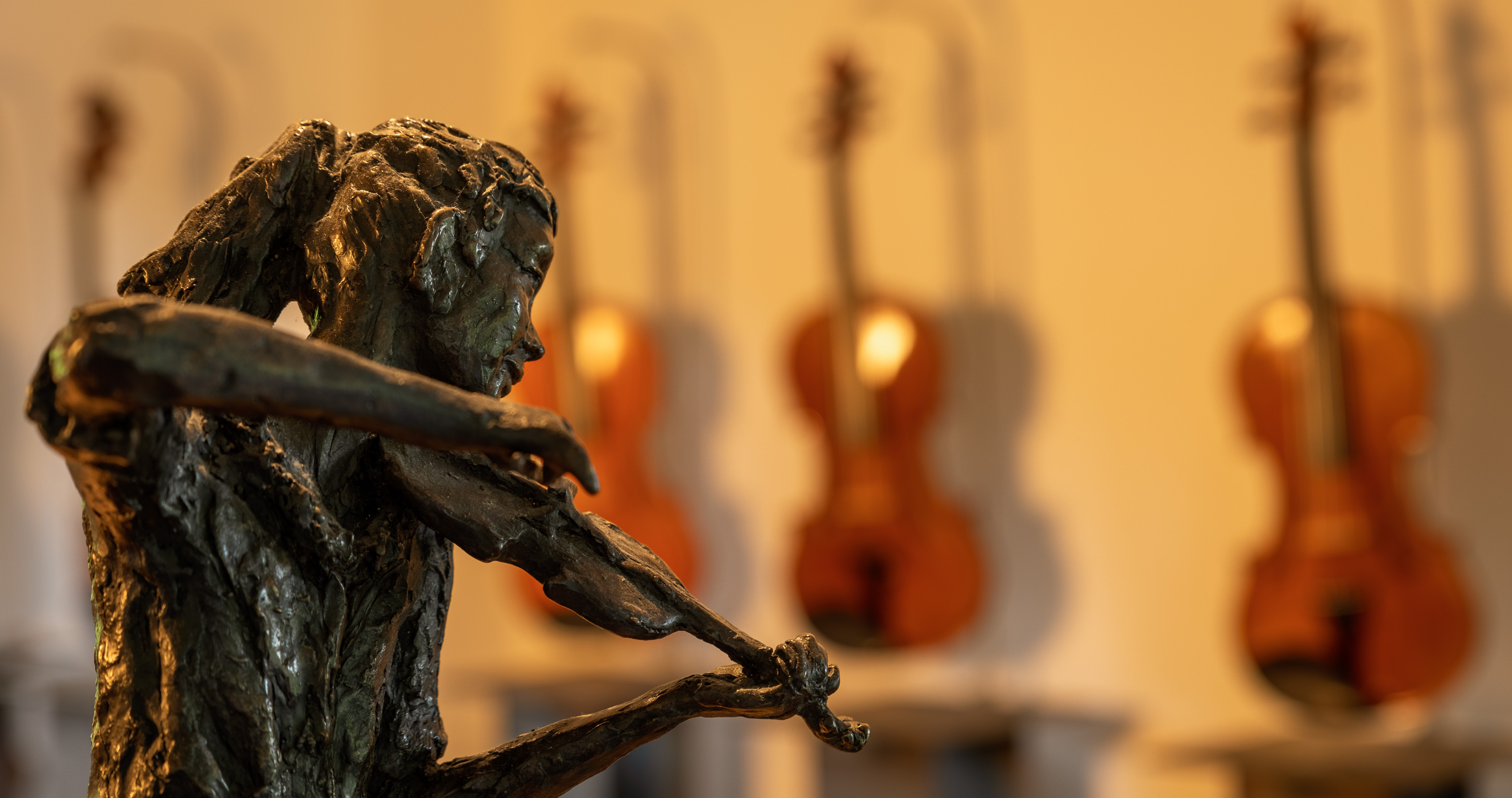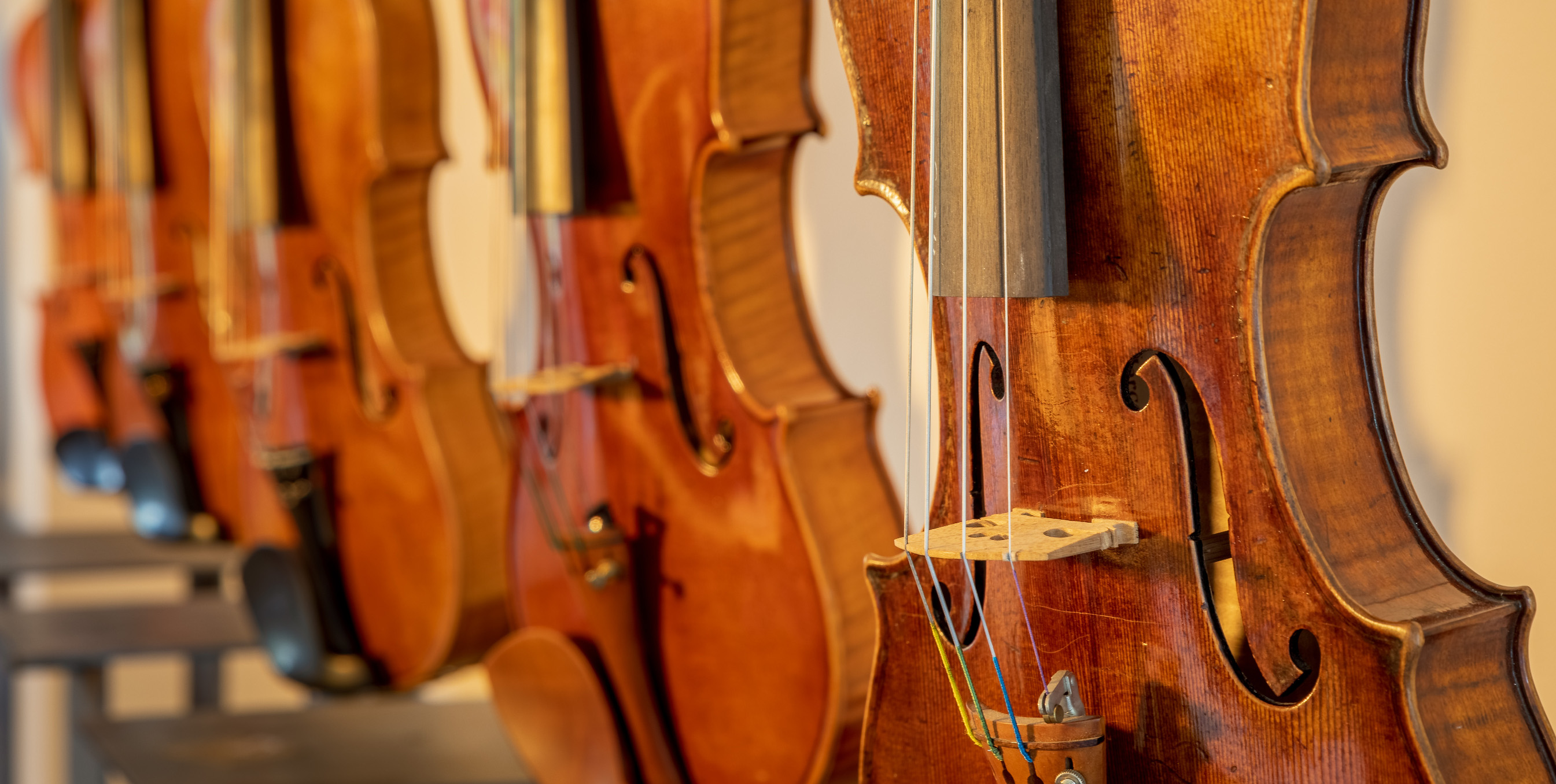Antonio Stradivari 1698 VC Magg
After having acquired a certain amount of experience and independence as a luthier, Stradivari applied some changes in size and style to his violins, and then, slightly later on, to his violoncellos. The cellos manufactured before the end of the 17th century, however, still followed the conventions of the time, as was pointed out by the Hill Brothers: ‘Stradivari continued thus without change until close upon 1700, constructing his violoncellos—we believe, without exception—upon the one form of large proportions. 1690 and the years immediately ensuing constituted a period of transition as regards his violins; but in the case of his violoncellos the master remained passive, apparently awaiting the moment when he would be called upon to direct all his energy and fertility of invention to devising an instrument answering more fully to the requirements of the new school of players.’ Accordingly, the ‘Magg’ cello was also possessed of large proportions and, as pointed out by Florian Leonhard: ‘It appears to have been cut at the top and bottom only by c. 8mm, without any interference on the side of the outline. That means that it would have been c. 77.5cm in total length.’
Further Details
Antonio Stradivari Set 1, Volume 2, Page 16










